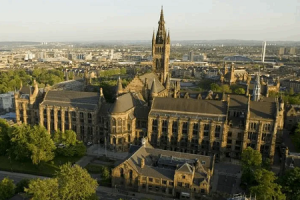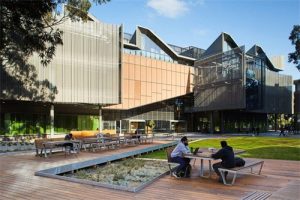
” 辅导CS463留学生编程、 写作Java,CSS程序Due: Thursday, May 27th at 11:59 PM (Eastern time).Submit: a pdf report showing your source code, displayed images, and any explanation/notes.Topic: Basic numpy, medical imaging modalities, SNR, and denoisingIn this assignment we will familiarize ourselves with basic numpy array manipulation, different imagingmodalities, and gain understanding of Some basic image features (contrast and SNR).SetupFirst, install spyder (or any python IDE). If you are on windows, you will probably want to installanaconda first: httpss://docs.anaconda.com/anaconda/install/ Note you dont need to use spyder (any python IDE is fine) but it will help a lot in this coursebecause the ipython console is very Useful for debugging and visualization of intermediateresults.Second, get the images (link below). This directory contains 8 images:The images were all acquired Using MRI scanner, with the exception of ct.nii.gz and meanpet.nii.gz,which are from CT and PET scanner, respectively. Most of the images are 3D, with the exception ofcardiac_axial.nii.gz, cardiac_realtime.nii.gz, and fmri.nii.gz, which are 4D. httpss://drive.google.com/file/d/10_bOHQmfe9WkTlK9Td5IhjVHhBp-s2ni/view?usp=sharingPart 1: (25%): simple plotting With matplotliba) Display all images middle z-slice (3rd dimension, axis=2) (as seen below). Use the jet color scale(instead of the gray color scale that I use below in my example). Above each image, show the title of themodality. Remove the x/y axis labels (as I did below). Use plt.subplotb) display the minimum intensity projection (MIP) for the swi.nii.gz, and the maximum intensityprojection (MIP) for the TOF (in jet color map).Left: part (a) replicate thisbut use jet color mapinstead of gray.Left: part (b). note howthe blood vessels aredisplayed prominentlydue to the projection.You will need to restrictthe z-slices from the SWIto achieve a good MIP.Use np.min andnp.max.Part 2 (25%): contrast estimationUsing numpy, get 3 different contrast measures for each image (root mean square, Michelson, andentropy, see lecture 3 slide 4, 5). Report the contrast (all 3 versions) in the title of the plots in figure 1a.base your contrast estimation on the entire 3D or 4D image (not just the slice shown in the figures).Part 3 (25%): SNR estimation, quantifying noiseUsing the method outlined in the lecture 3 slide 7, report the SNR for each of the modalities. Whichmodality has the highest SNR and which has the lowest?Plot histograms of the noise in each image. What type of distribution does the noise follow?To display the solution to part 3, create a new figure (as in part 1) and display the noise histogram ofeach image (instead of the image itself) in each sub plot. Show the SNR as the title above each histogram(along with the image name).*caution when selecting your Noise patch, be sure the patch isnt all zeros, otherwise your noise willbe estimated as 0 and the SNR will be infinite*Part 4 (25%): linear filteringUsing the Fourier transform method shown towards the end of lecture 2 video, apply linear filtering toeach image for = 2, = 4, and = 15. Create 3 new versions of the figure in part 1a, one figure foreach sigma. Show the middle slice of the filtered image in all subplots.Submission: Put all your figures in your pdf, along with the code used to generate them and anycomments you have about the work.Bonus +5%:Make a python class that can display 3d and 4d images (scroll through the slices and time points), similarto AFNIs method for time series display (see lecture 1 at time 58:12).请加QQ:99515681 或邮箱:99515681@qq.com WX:codehelp
“
添加老师微信回复‘’官网 辅导‘’获取专业老师帮助,或点击联系老师1对1在线指导。







